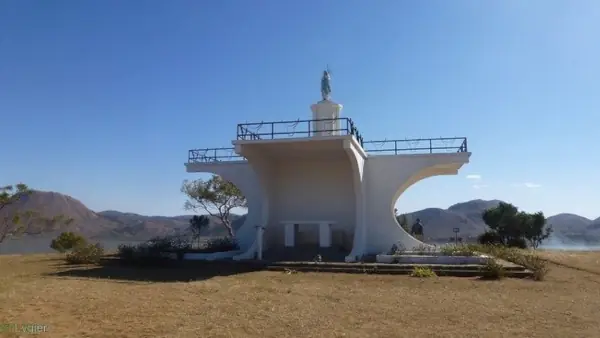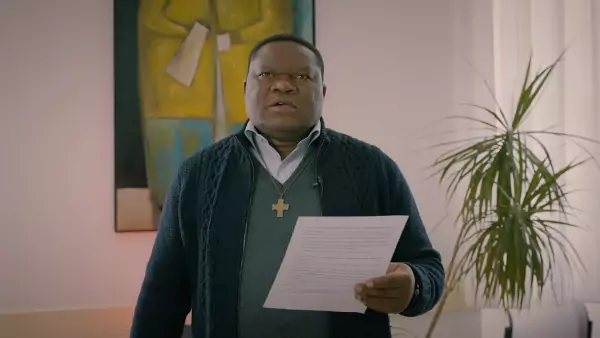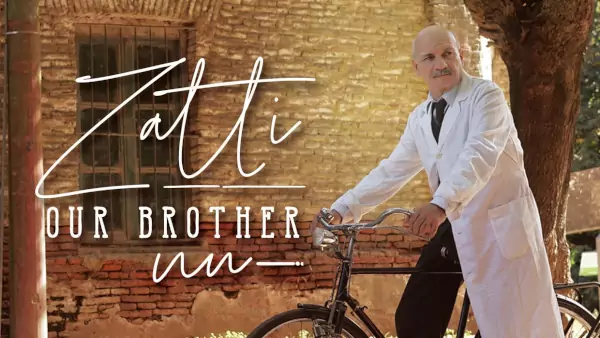20 August - Born in 1090 or 1091 at the Château de Fontaine-lès-Dijon near Dijon, to a noble family from Burgundy, Bernard is the third of seven children. Son of the lord Tescelin le Roux and of sainte Alèthe de Montbard.
Around 1100, he was sent to the canonical school of Saint-Vorles in Châtillon-sur-Seine. After the rudiments, he followed the trivium, the first cycle of teaching devoted to letters (grammar, rhetoric and dialectics). Showing a particular taste for literature, he acquired a good knowledge of the Bible, the Church Fathers and various Latin authors. At the age of sixteen or seventeen, he lost his mother and was very deeply affected by it. He then led the social life of the young noblemen of his age, but very soon seemed to want to enter the orders.
In 1112, he entered Cîteaux Abbey with thirty members of his family or close friends. Cîteaux Abbey was founded in 1098 by Robert de Molesme, and Étienne Harding has been its abbot since January 1108. The founders detached themselves from the Order of Cluny, then in full glory, to live the rule of Saint Benedict in its entirety. They wished to respond to a more rigorous ideal: a return to simplicity in daily life, in worship and in art; a break with the world, poverty, silence, manual work, these were the main elements of Cistercian creation. This corresponds to Bernard's wishes, who wanted to achieve the harshest monastic asceticism. This asceticism is comparable according to him to the road to Jerusalem.
In 1115, Étienne Harding sent the young man at the head of a group of monks to found a new Cistercian house in a secluded clearing about fifteen kilometres from Bar-sur-Aube. The foundation is called "claire vallée" (clara vallis), which later becomes "Clairvaux". Bernard is elected abbot of this new abbey. He remains abbot of Clairvaux until his death in 1153. Bernard continues his studies on the Holy Scriptures and on the Fathers of the Church.
People flock to the new abbey, and Bernard even converts his whole family: his father, Tescelin, and his five brothers enter Clairvaux as monks. His sister, Ombeline, also takes the habit at the priory of Jully-les-Nonnains.
During his 38 years as abbot, Bernard contributed to the creation of 68 daughter abbeys of Clairvaux (57 by foundation and 11 by aggregation), of which 35 were for France, which in turn were to swarm, so that by the middle of the 12th century, Cîteaux had no less than 343 establishments, i.e. more than Cluny. In 1119, Bernard took part in the general chapter of the Cistercians convened by Etienne Harding, which gave the order its final form. The "Charter of Charity"" which was drawn up there was confirmed shortly afterwards by Calixte II. In 1132, he made the Pope accept the independence of Clairvaux from Cluny.
From the beginning of his abbey-church, Bernard wrote treaties, homilies and an Apology. To the Cistercian austerity, elaborated from the flight from the world, poverty and manual labour, Bernard adds the emphasis on purity and the disinterest in culture and anything that might seem like entertainment for the mind.








